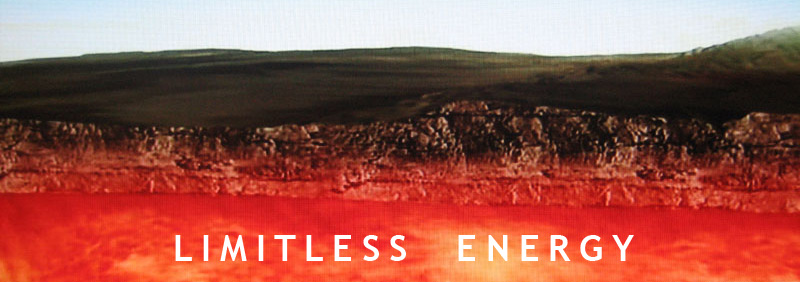After an accident in the Gulf of Mexico on April 20, 2010 and a failure of the "Blow Out Preventer" (BOP) in the Macondo well, it became a challenge how to stop uncontrollable bursts of crude oil in the Gulf of Mexico and prevent disasters of epic proportions. After several unsuccessful, almost laughable attempts, which have been televised "live" on TV, mostly on CNN, I postponed most of my activities at that time and started working on a solution. As an outsider, with limited information, only from TV, I submitted three proposals. The first two proposals which I submitted several weeks earlier are based on information that I obtained from Television. Soon after I submitted my first proposal I learned that there were several leakages in the "fallen raiser pipe" (not one) and later on, after my second proposed submission, I also learned that there is a pipe inside the "fallen raiser pipe" which made my two earlier proposals insufficient and I had to submit an additional proposal.
I submitted my third proposal on June 8, 2010. A copy of my third proposal is presented below. In summary - My proposal consisted of several elements and steps:
- To cut “fallen raiser” just above BPO. I also suggested that in my second proposal.
- To use the vertical radial surface of the upper part (flange) of the dysfunctional BOP, the dimensions of which are known, for attachment and sealing of the new valve 20. (The horizontal surface on top of the BOP had bolts and remains of the "raiser pipe" therefore it wasn't applicable for sealing). The emerging challenge was how to provide a seal between the vertical radial surface of the upper part of the BOP and a new valve connector 40 which is a heavy structure. In order to resolve this challenge I provided a notch so that a new heavy structure (valve) 20 can sit and transfer weight on the upper horizontal surface of the BOP. Also, I provided sealing apparatus 70 consisting of bladder 80, oil container 72, oil and a pump 74.
- After sealing the connecting apparatus 70 of the new structure 20 with the vertical radial surface of the upper portion of the BOP 15 to activate flap 24 of the Control Valve 20 and to close the Macondo well. I provided the design for a workable valve 20 with such function.
- During the installation process for the new structure 20 to allow bursting crude oil to flow uninterrupted upward through the valve 20 so that bursting crude oil wouldn't backup and interfere with the installation process, I provided an in-line pump 90 for such purpose to be activated before and during installation.
Sealing the vertical radial surface of the upper part of the BOP 15 and connecting apparatus 70 of the new structure 20 (mentioned in step 2 above) can be done in several ways – for example: A solid rubber ring in combination with a tapered surface of a new connecting structure. Although the final selection of details and materials can be debated within the inner circle of experts on the site - the concept of the workable solution is the same.
Also, the control valve 20 (mentioned in step 3 above) is one proposed functional version. Different control valves, if handy and available, such as 3 rams capping stack with the same function could be installed and very possibly was installed – nevertheless the concept of the workable solution is the same.
On July 10, 2010, 32 days after I submitted my proposal, the BP began operations to install a sealing cap atop the failed BOP. By July 15, 2010, the Macondo well was sealed, if only temporary, for the first time in 87 days. Implementation of the control valve on top of the dysfunctional BOP was televised.
I submitted my "Proposal for Controlling Dysfunctional Blow Out Preventer" (a copy presented below) to the BP and Horizon Deepwater Unified Command through the "Alternative Technology Response Form" on June 8, 2010.
I haven't received any recognition or credit from BP or Deepwater Horizon for my contribution, other than computer generated messages of their receipt of my material and vague contradictory letter which cannot be categorized as honorable or truthful, because what was done and how was done was televised, live daily, on TV.
I assume that many individuals, groups and Universities, including "experts" from BP and Deepwater Horizon worked extensively on finding a workable solution for controlling dysfunctional BOP. It is difficult to believe that the BP and Horizon Deepwater team knew about my concept, but didn't want to use it for 10 weeks or that "somehow" thousands of people come up with the same workable concept on the same day and time, especially after a so well documented (televised) chronology of the whole drama with multiple unsuccessful attempts starting in April 20, 2010 until final successful plugging on July 15, 2010.
For the record and to avoid conflicts in the future about the origin and time of the workable concept for Controlling Dysfunctional "Blow Out Preventer" in the Gulf of Mexico, I also filed a provisional patent application No.:61/397, on June 7, 2010. Also, I sent a copy of my proposal to The Honorable Steven Chu, Secretary, Department of Energy on June 8, 2010, which he received on June 14, 2010. A copy of the letter and tracking receipts are included below as part of "Record Documentation."
 Geothermal Worldwide, Inc.
Geothermal Worldwide, Inc.
